Ho Chi Minh City, formerly Saigon (although most people still call it Saigon), is Vietnam’s largest city and one of the most exciting and hectic cities in Asia. Saigon is a maze of winding roads, crazy motorbike drivers and awful air pollution. However, it is home to Vietnam’s best nightlife, culture, history and is the gateway to the great coastal beaches, the Mekong Delta and the Cu Chi tunnels that were used prevalently during the American War(what we call the Vietnam War).
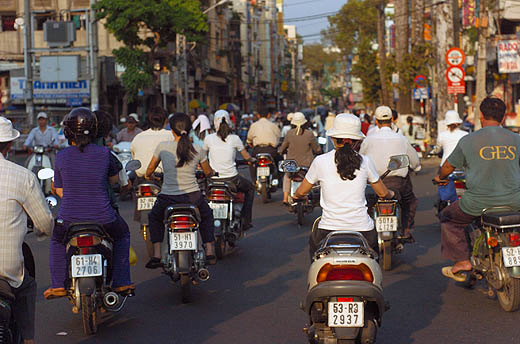
As an American, the thing I found the most fascinating about Saigon was it’s modern history and how it relates to the Vietnam War and the US involvement. However, it all started well before the US got involved. In 1954, the French were defeated by the Communist Viet Minh in the Battle of ?i?n Biên Ph?, and withdrew from Vietnam. Rather than recognizing the Communists as the new government, they gave their backing to a government established by Emperor B?o ??i. B?o ??i had set up Saigon as his capital in 1950. When Vietnam was officially partitioned into North Vietnam (the Democratic Republic of Vietnam) and South Vietnam (the Republic of Vietnam), the southern government, led by President Ngô ?ình Di?m, retained Saigon as its capital.
At the conclusion of the American War/Vietnam War, on April 30, 1975, the city came under the control of the Vietnam People’s Army. In the U.S. this event is commonly called the “Fall of Saigon,” while the communist Socialist Republic of Vietnam call it the “Liberation of Saigon.”
During the Fall: chaos, unrest, and panic ensued as hysterical South Vietnamese officials and civilians scrambled to leave Saigon. Martial law was declared. American helicopters began evacuating South Vietnamese, U.S. and foreign nationals from various parts of the city and from the U.S. embassy compound. Operation Frequent Wind had been delayed until the last possible moment, because of U.S. Ambassador Graham Martin’s belief that Saigon could be held and that a political settlement could be reached. “Frequent Wind” was arguably the largest helicopter evacuation in history. It began on April 29, in an atmosphere of desperation, as hysterical crowds of Vietnamese vied for limited seats. Martin pleaded with Washington to dispatch $700 million in emergency aid to bolster the regime and help it mobilize fresh military reserves. But American public opinion had long soured on this conflict halfway around the world.
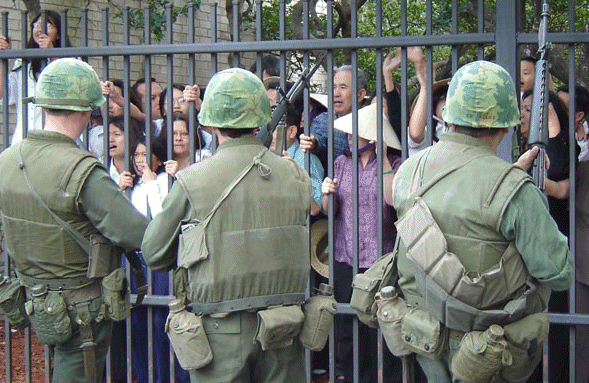
In the U.S., South Vietnam was perceived as doomed. Recently deceased former President Gerald Ford gave a televised speech on April 23, declaring an end to the Vietnam War and all U.S. aid. “Frequent Wind” continued around the clock, as North Vietnamese tanks breached defenses on the outskirts of Saigon. The song “White Christmas” was broadcast, as the final signal for withdrawal. In the early morning hours of April 30, the last U.S. Marines evacuated the embassy by helicopter.
Nowadays, you can visit the War Remnants Museum, which to me is one of the three or four best museums on Earth. Formerly known as the of Exhibition House of American War Crimes, the museum was opened in a hurry, less than five months after the fall of the South. It’s housed in a rather confusing assemblage of seven warehouses, with new purpose-built premises partially open for temporary and permanent exhibits. This disturbing display of man’s cruelty during the Vietnam (American) War includes halls full of gruesome photographs, a simulated “tiger cage” prison and jars of deformed fetuses blamed on Agent Orange. There is bias of course, as there are no records of any unpleasant deeds having been committed by the North Vietnamese Army. Outside, there are helicopters, jets, tanks, and other bits of armament used during the war. It’s only a block from the Reunification Palace, another great site in Saigon.
Aside, from the more gruesome history of the city, there is plenty more to do including the amazing Ben Thanh Market where you can find anything you want for virtually nothing. Outside the city are the Cu Chi tunnels and north of the city you can visit the amazing beaches of Nha Trang and of course the famous Mekong Delta as well. There is no shortage of things to do in Saigon or in Vietnam for that matter.
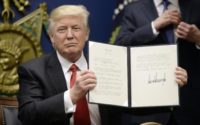

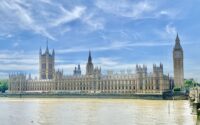
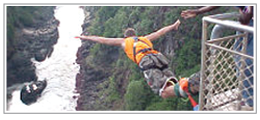







Saigon is a jewel of a city, much better than Hanoi and one of the best in Asia, I agree. Just watch out crossing the streets because of all the motorbikes!
I agree, Ho Chi Minh is great. I was there in August and really enjoyed it. The War Remnants Museum is truly amazing, really hard to put into words the different kinds of emotions you get as an American walking around the different exhibits. You must visit the Cu Chi tunnels if you are in the area, a simply stunning experience.
some of the best food in asia, what could be better then asian food with a french influence?
I spent two months in Vietnam and 3 weeks in Saigon. It is my favorite place I’ve ever been to and I agree with Jake that the food is spectacular. I also agree with Baumer that the tunnels are mindblowing.